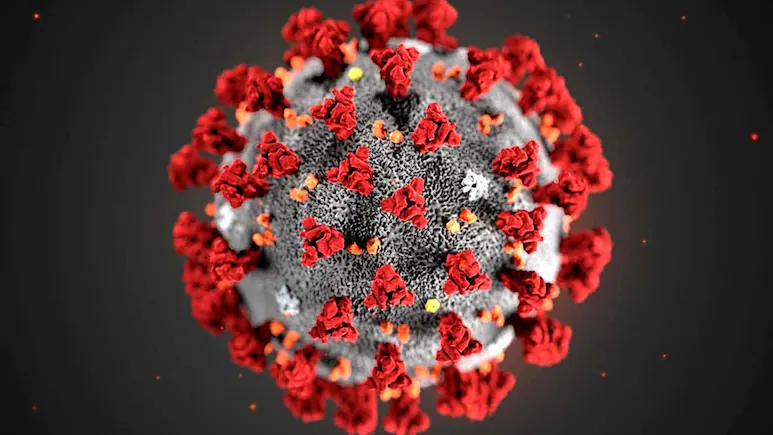
A surge in Covid-19 cases has been recorded across Asia over the past few weeks. A significant number of cases have been reported in Hong Kong and Singapore, two of Asia’s biggest cities.
The JN.1 variant and its related descendants, which belong to the Omicron family, are believed to be the driver behind this surge in Covid-19 cases across Asia.
As per Singapore health authorities, new variants, LF.7 and NB.1.8, descendants of the JN.1 variant, are circulating rapidly.
The JN.1 strain is a descendant of the BA.2.86 variant (an Omicron sub-variant). The World Health Organisation has classified the JN.1 strain as a “variant of interest” and not a “variant of concern” yet. WHO has also mentioned that the global public health risk posed by JN.1 is low.
Signs and symptoms of JN.1 variant
Most infected individuals experience mild upper respiratory symptoms. Some common symptoms include fever, runny nose, sore throat, headaches, extreme fatigue, muscle weakness, exhaustion and minor gastrointestinal problems. In some cases, the new variant may also present with a loss of appetite and persistent nausea.
These symptoms are usually mild and typically improve within four to five days.
As an individual, wash your hands regularly, wear a mask and follow other Covid-19 precautions to stay safe.
Reff:ndtvindia.com

